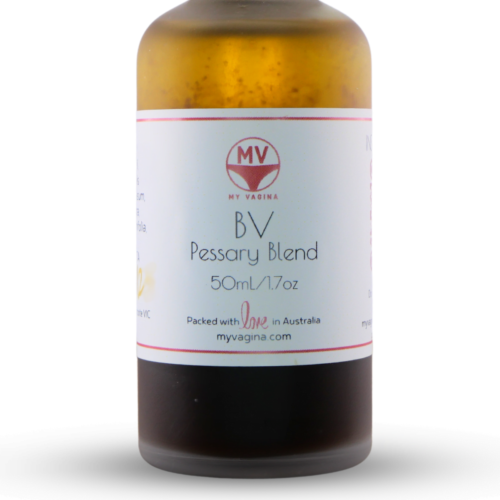Sexually transmitted infections (STIs) are infections passed on through sexual contact, through genital contact or body fluids, including blood.
Some vaginal afflictions make it much easier to contract an STI, especially bacterial vaginosis (BV).
STIs need to be treated immediately, or in the case of more serious, lifelong infections, with antivirals, immunosuppressants or other herbal, medical or physical therapies.
If you suspect you have an STI, see your doctor or local sexual health clinic immediately to be tested and treated.
Specially formulated probiotic for vaginal application to promote a healthy vaginal microbiome.
Unique, comprehensive BV, AV and 'mystery bad vag' treatment guide, one-of-a-kind system, with effective, innovative treatments.





